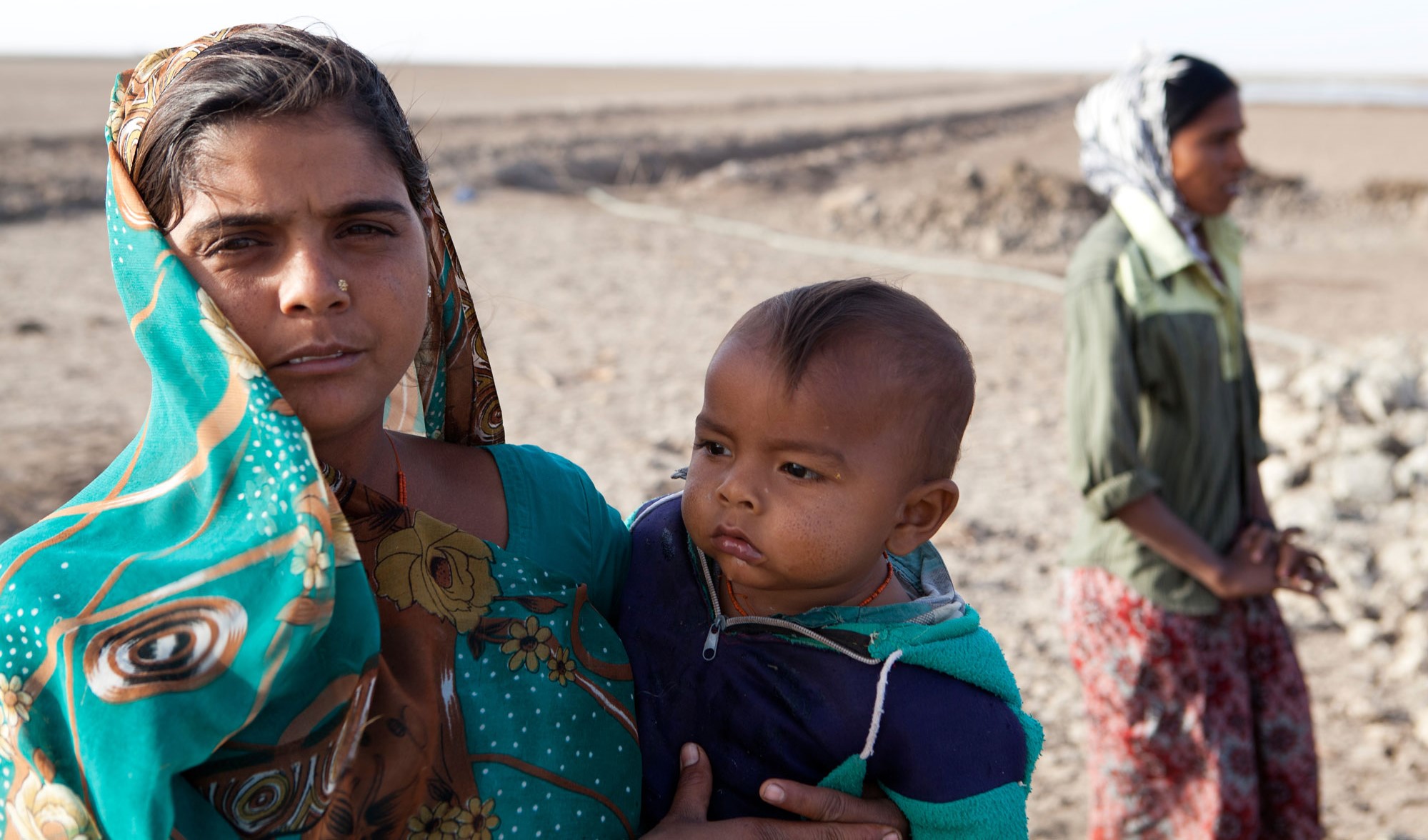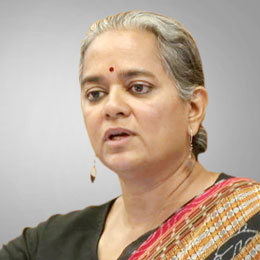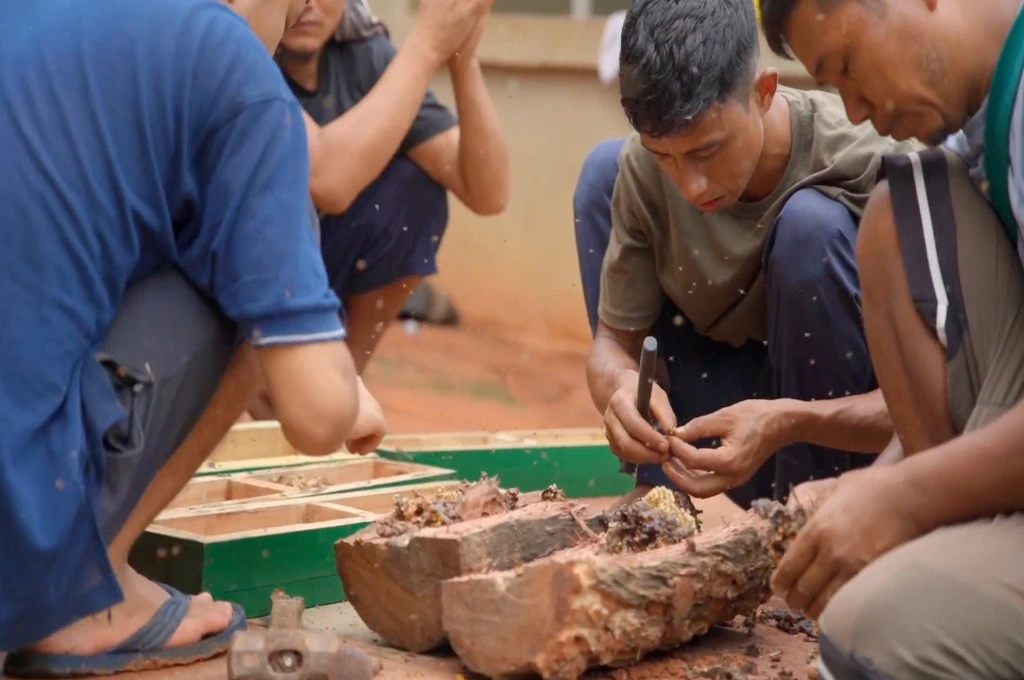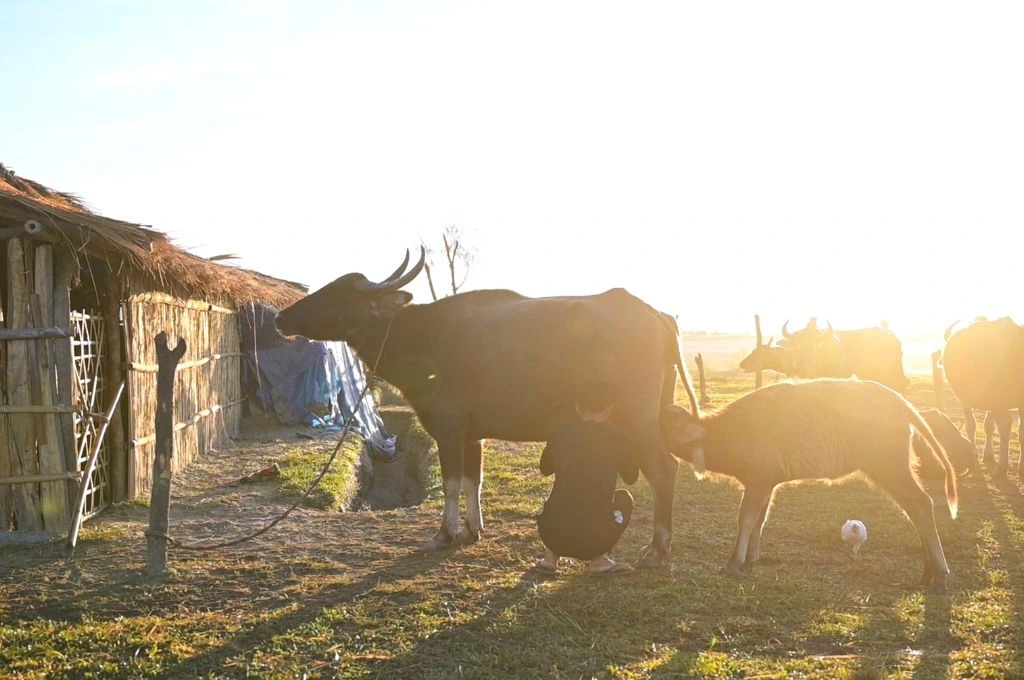Savitaben is a tobacco worker in Rasnol village, Gujarat. She has two young children under five years of age, and every morning she leaves them in a crèche run by the Self-Employed Women’s Association or SEWA, a trade union of over 15 lakh poor, self-employed women workers. The children are cared for by Sumanben and Shardaben, both farmers and now childcare workers of the cooperative. “Earlier agricultural labourers like me would put our babies in a sari tied between two trees,” said Savitaben. “Sometimes they would fall out and we could not hear their cries from the field. Now our children are safe, get two hot meals a day and I can work two shifts and earn in peace.”
Savitaben is one of the millions of women working long hours for low wages in India’s informal economy, which employs more than 90% of its workforce. And yet, as a nation, it has hardly recognised the importance of full-day, quality childcare for them. There have been many numerous discussions on the continuing poor health and nutritional status of India’s young children. Every few years, fresh data from the National Family Health Surveys reveals its slow progress in these areas.
The inclusion of childcare or maternity benefits had not occurred to our policymakers, most of whom are men.
However, despite voluminous evidence showing the effectiveness of daycare facilities in improving the health of children and women, the recent government-proposed Labour and Social Security Codes barely feature childcare or maternity benefits for informal workers. Their inclusion had just not occurred to our policymakers, most of whom are men. It was up to some of us, mostly women working with informal workers, to bring these to the attention of the Ministry of Labour, during consultations held this year to discuss the codes, which could be tabled in Parliament in the ongoing Winter Session.

In recent years, SEWA along with 300 other organisations, working with the families of the working poor, have come together in a national campaign to ask for quality childcare as a right. This will mean mandatory adequate government investment in full-day, free, quality, holistic and integrated early childhood care; workers at the centres receiving appropriate training, minimum wages, and basic benefits; and maternity entitlements for women. The organisations are part of FORCES, a coalition working for child rights and childcare formed after the landmark Shramshakti report on informal women workers in 1988.
Positive impact
SEWA’s experiences in providing childcare for the young children of informal workers dates to the early1970s. We have seen that full-day childcare with proper healthcare, nutritious meals, age-appropriate education and recreational activities results in the holistic growth and development of children. All the children in our centres go to school and almost all finish high school. With SEWA’s support, several have enrolled in private schools under the Right To Education provisions, and many have gone on to college and have jobs in sectors like Information Technology, hospitality, healthcare and more.

Picture courtesy: Charlotte Anderson
Our micro-level studies have shown other significant impacts: women with access to daycare earned at least 50% more, and 70% of older children started going to school for the first time as they did not have to care for their younger siblings. Other studies have also pointed to dramatic impacts on women’s work and income. With women’s workforce participation falling in India, this may well be one significant way to reverse the trend.
Childcare centres also become hubs for organising workers and knitting communities together.
There are other advantages of full-day childcare centres. With a physical presence in the communities where workers live and work, it is easier for municipal health workers and ANMs (auxiliary nurse midwife, a village-level female health worker) to provide health services such as immunisation, health check-ups and wellness days. They also become hubs for organising workers and knitting communities together. During disasters—both natural and human—we have witnessed how childcare centres became the focal point of rebuilding and rehabilitation.
Investment in childcare
In India, the investment in our children is woefully inadequate: an additional investment of 1% of the gross domestic product on full-day childcare, perhaps starting with the poorest or “aspirational” districts selected by the Niti Ayog, could result in better care of our young, support to women’s work and possibly enhanced incomes and work participation. It would also increase school attendance by girls and knit communities for collective action towards their well-being.

Yet investment by all governments—past and present—is not encouraging. Somehow, investing in childcare is not seen as worthwhile. Interestingly, parents, employers and even local people are ready to contribute towards childcare. About 20% of the costs of running SEWA’s crèches come from voluntary community contributions.
India already has several examples of local collectives working closely with women workers to deliver quality childcare. In fact, rolling out one-size-fits-all childcare programmes is unlikely to result in good last-mile delivery. Taking care of our children is best done by local people, including panchayats and other local bodies.
India has advocated for the rights of home-based workers and domestic workers and for a social protection floor at the International Labour Organisation. It has begun to provide pensions and insurance and proposes financial protection during sickness through Ayushman Bharat, a national health protection scheme for poor and vulnerable families. But childcare still remains out of the ambit of its social protection initiatives. Three decades of providing childcare at the doorsteps of women workers has shown us at SEWA that childcare gives children a good start in their lives, is a huge support to women’s work and provides decent work to local women—a “triple dividend”. How much more will it take to convince our policymakers that investment in childcare, and its immediate provision at the local level, will be a win-win for all?
This article was originally published on Scroll.in. You can read it here.




